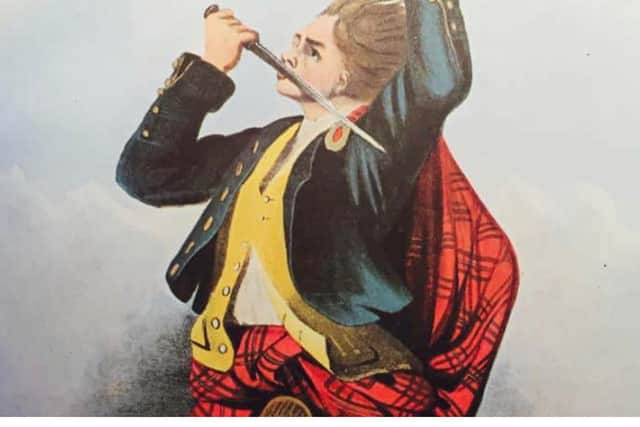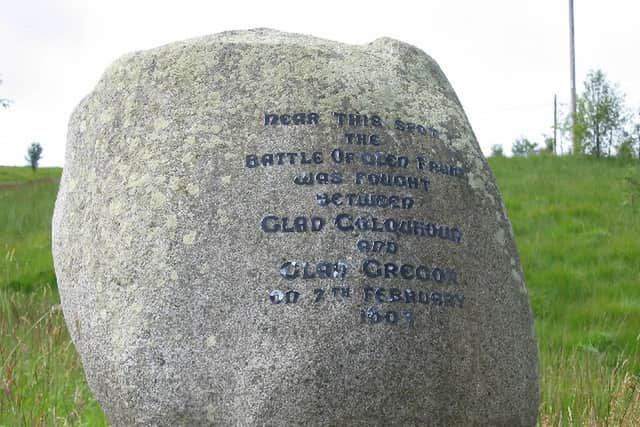The battle that banned MacGregors and 'shaped' Scottish clan identity remembered 420 years on
The Battle of Glen Fruin, fought on February 7, 1603, led to an unprecedented move to outlaw an entire clan. The name Gregor and its various forms, including MacGregor, were banned for more than 150 years. Today, descendants of those forced to change their name are still being found.
The battle between Clan Gregor and Clan Colquhoun came after decades of conflict between the near neighbours around Loch Lomond. The Colquhouns were given the right to bear arms against their foes in 1602 after The Trail of the Bluidy Sarks, when the wives and mothers of Colquhouns took the blood-stained shirts of their men to King James VI in Stirling after a particularly brutal contact with Gregor clansmen.
Advertisement
Hide AdAdvertisement
Hide AdJust months later, the Battle of Glen Fruin was fought. Numbers of those who took part – and killed – are disputed with no clear record. But one suggestion is that between 140 and 200 Colquhouns were killed on the day, with more than 1,000 clansmen from both sides, and their allies, assembling.


As punishment, clan chief Allaster MacGregor was executed with James VI later ruling the name “be altogether abolished”. Death faced anyone found identifying with the clan with new names adopted by its people.
Professor Richard E McGregor, long-serving chairman of the Clan Gregor Society, said: “The proscription was quite viciously applied. We have counted 94 executions or killings of MacGregors, which took place in the first ten years.
"Basically, the government said if you kill a MacGregor, you can get their property. There was also a move in 1612 to send everyone across to Ireland, but that never actually happened.
"The Battle of Glen Fruin has been more than important in shaping clan identity. I think it has been key to how people are. We have a very strong sense of identity now and we also have a very strong sense of history and the importance of that history.


"It is also something which defines how it is for MacGregors, even now, particularly those MacGregors who ended up in America. They couldn’t find out where they had come from.”
Prof McGregor, for the past 20 years, has run a DNA project to help determine the names adopted by MacGregors following the proscription, with more than 2,000 people taking part.
He said: “The DNA project allows people to understand that they were in the homeland at one point in their time. We have a very strong group, maybe about 200 people who are very closely connected with DNA back to the initial founder of the clan.
Advertisement
Hide AdAdvertisement
Hide Ad"But we have also found people called Drummond, people called Stirling and Bain. We have also found, among others, a McLaren, a McNab. These people have MacGregor blood.”
The MacGregor ban was in place for two periods, between 1603 and 1661, and 1693 and 1784.
Prof McGregor said: "If you are looking at it dispassionately, you are looking at just one of many attempts of ethnic cleansing. It was essentially the lowland government attempting to rid itself of a Highland problem.”
Comments
Want to join the conversation? Please or to comment on this article.